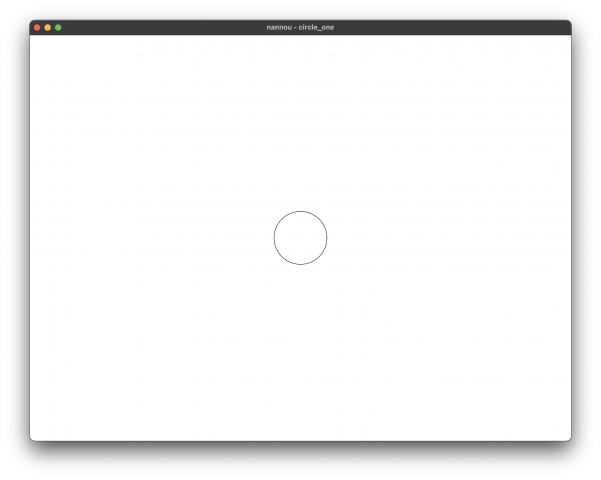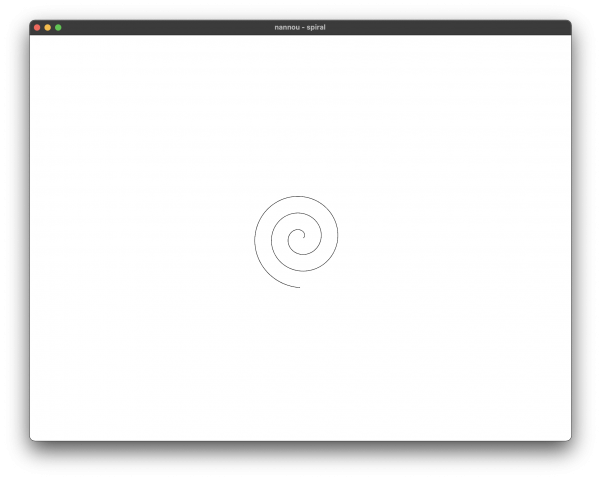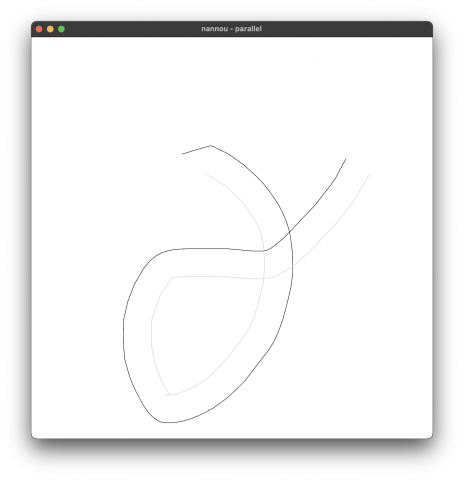





I decided to do the following exercises in Rust as a technical challenge. This proved to be a little bit more of an undertaking than I expected, so here are some notes on some of the hurdles I ran into.
I decided to use nannou for most of the exercises, since I did not want to attempt implementing each interaction I needed in WGPU. Nannou seems incredibly powerful, but the guide left much to be desired (when they become more complete I will definitely come back for another look!). Figuring out registering the events I cared about took a significant amount of searching, since the guide did not seem to document it. Eventually I ended up using the all_functions example as a base and removing everything I didn’t care about. The second quirk that came up was nannou’s coordinate system, which puts the origin at the center of the screen. This proved to be problematic later on as I moved to SVG.
Rust also is completely opposed to implicit casts, which is fair, but also meant a lot of code was shifting between data structures. This was particularly apparent in managing the points for lines, which required taking the VecDeque.to_owned() each frame for drawing the polyline.
The SVG generation was its own ordeal. Nannou’s line builder seems to use the lyon package for SVG rendering. Lyon however does not allow actually exporting an SVG, so I ended up using the svg crate. It is also worth mentioning that the svg crate seems to be set up in a way which makes it hard to create SVGs programmatically. Specifically, I had to define the “Data” element mutable and constantly reassign it to the result of data.move_to() or data.line_to().
All in all, I would say the technical challenge was fun to play with, but I would not recommend this method over more mature frameworks like Processing or openFrameworks.
Feel free to check out the code behind the images above on GitHub.